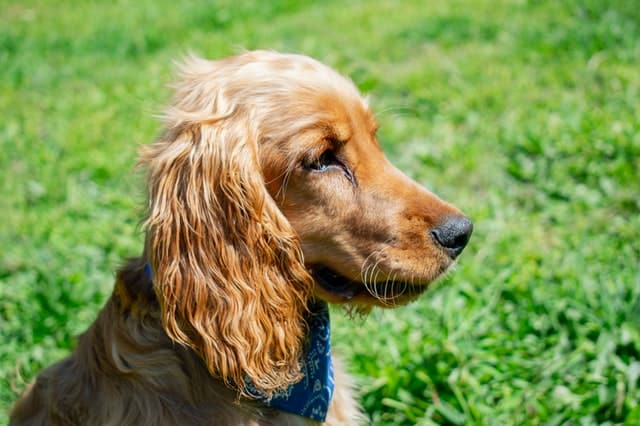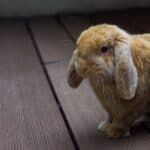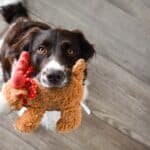
It is believed that the process of domestication of dogs, which originate from wolves, represents a fundamental step for the birth of the domestic dog, endowed with the appearance and behavior we know today; drooping ears could be a demonstration of this phenomenon.
The process of domestication of dogs, which has developed over several centuries, continues to give rise to a large number of curiosities. One of these is undoubtedly represented by the question concerning the reason why there are dogs with drooping ears and others who, instead, have ears upright like those of their ancestors, the wolves.
To better understand this curious aspect, in the following lines we will talk about the evolutionary aspect and human influence, factors that can explain the presence of these aesthetic differences.
Darwin’s questions about dogs with drooping ears
For many centuries, researchers have believed that drooping ears were primarily a distinctive feature of certain breeds . Consequently, there was a tendency to attribute to human intervention, which occurred during the standardization process of dog breeds, the main factor responsible for the perpetuation of this trait in certain dogs and its absence in others.
Nonetheless, some recent studies have returned to point to an old theory proposed by Charles Darwin . The famous British naturalist, in fact, tended to associate the existence of dogs with drooping ears to the process of domestication.
This hypothesis, formulated in his vast bibliography concerning the evolutionary process of species, did not receive much attention during the nineteenth century. However, this situation may be about to change now that many scientists seem to support the so-called “dog domestication syndrome” .
What is Dog Domestication Syndrome?
To answer this question, we first need to talk a little about dog domestication. First, it is necessary to understand that this is a long process, which may have started about 20,000 years ago.
Over the centuries, dogs have undergone numerous physiological, aesthetic, genetic and behavioral changes compared to wolves (their ancestors). These changes are the factors that have allowed them to stand out to the point of giving rise to a new species within the canine family.
One of the great mysteries concerning domestic dogs lies precisely in the difficulty in understanding how they began to become such: the more meek wolves approached humans, in search of warmth and shelter. Thus, the men realized that the presence of these wolves could be beneficial to both sides.
Years later, men also realized that, through selective crossbreeding, they could obtain, highlight or control certain aesthetic and instinctive characteristics present in dogs.
Thanks to these actions, it was possible to obtain specimens excellently gifted for hunting and herding or, simply, specimens that met the aesthetic criteria appreciated in a particular era and society.
What is the relationship between dogs with drooping ears and domestication syndrome?
As Darwin seemed to assume in the 19th century, the domestication process had some repercussions on both the appearance and behavior of dogs. Today we talk about the domestication syndrome, which includes the different changes observable in the morphology of an animal that enters into relation with the process of domestication .
In dogs, these morphological changes become quite noticeable when animals are compared with wolves. Some examples are the following: the smaller jaw and teeth, the spots or changes in the pigmentation of the fur, and the drooping ears.
According to experts, dogs with large ears have a slight deficit in cells belonging to the neural crest . As a consequence of this deficit, embryonic mother cells cannot function at their best to form the cartilage tissue of the ears, causing the ears to “fall out” and not remain upright.
This deficit would not be accidental, but would instead be the result of human intervention carried out through crosses, with the aim of creating and standardizing the different dog breeds . From the very beginning of the domestication process, the human being tends to choose the most peaceful and sociable specimens.
Neural crest cells and adrenaline
It is possible that one of the reasons why there were less aggressive wolves than others was due to a lower concentration of cells in the neural crest .
In addition to some morphological changes, such as drooping ears, this reduced production of neural crest cells also reduces the secretion of adrenaline, making individuals more docile and less reactive to contact with humans.
Following the selection and crossing of the most sociable wolves, several generations were born affected by neural crest cell deficiency , which allowed to obtain specimens with an increasingly friendly behavior and, at the same time, a less similar to that of wild canids.
Later, drooping ears became a highly valued trait in certain dog breeds, particularly those trained for hunting. For this reason, attempts have been made to exaggerate this trait in certain dogs, such as the beagle, basset hound and cocker spaniel.






